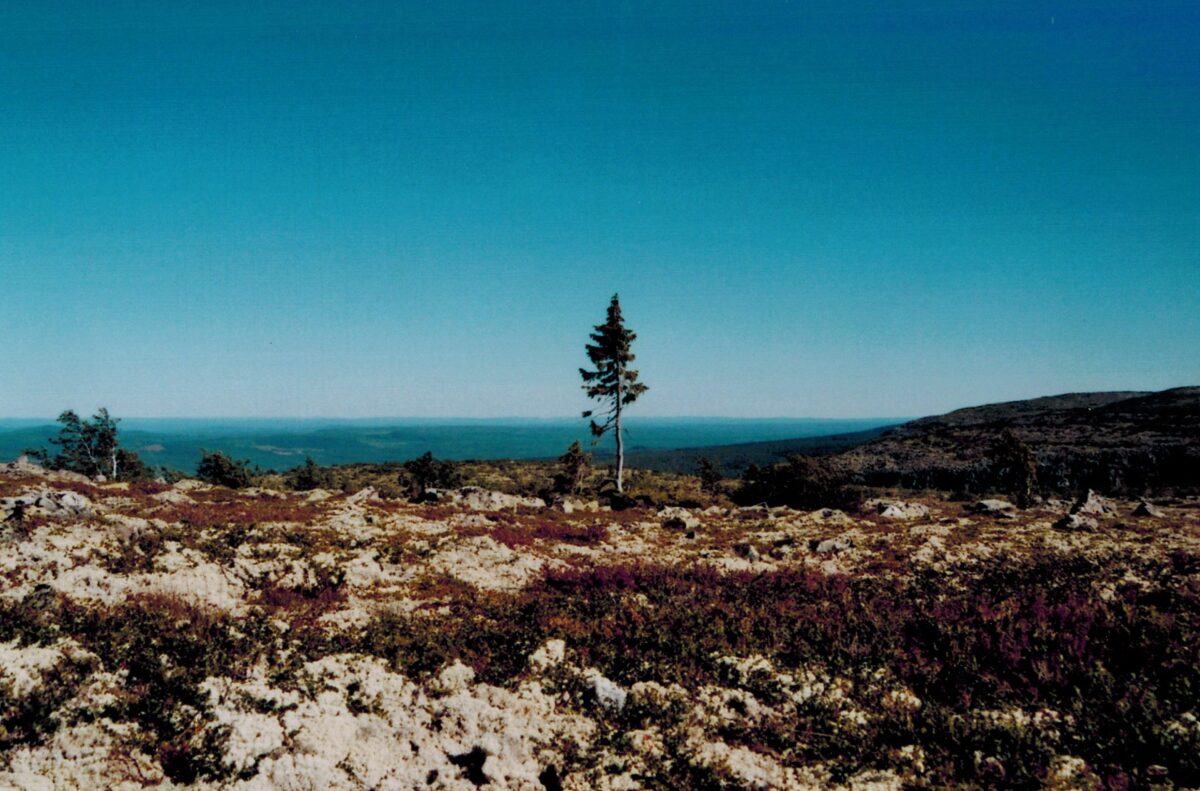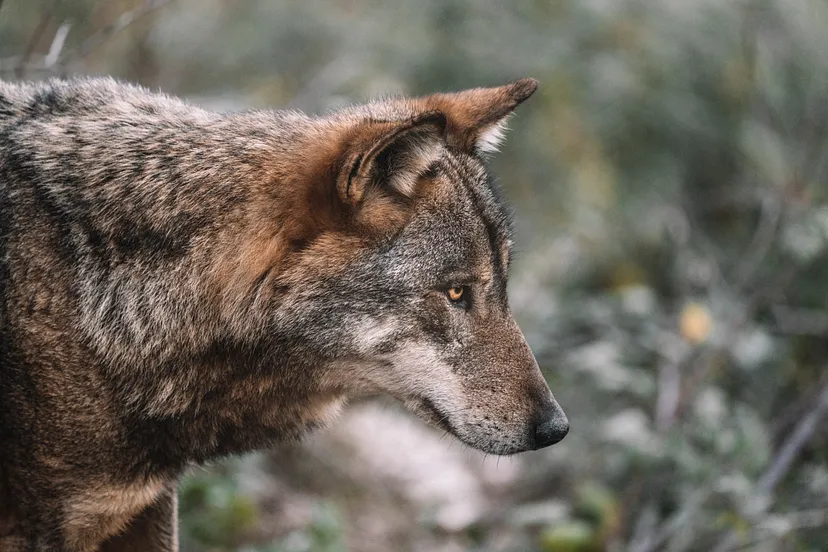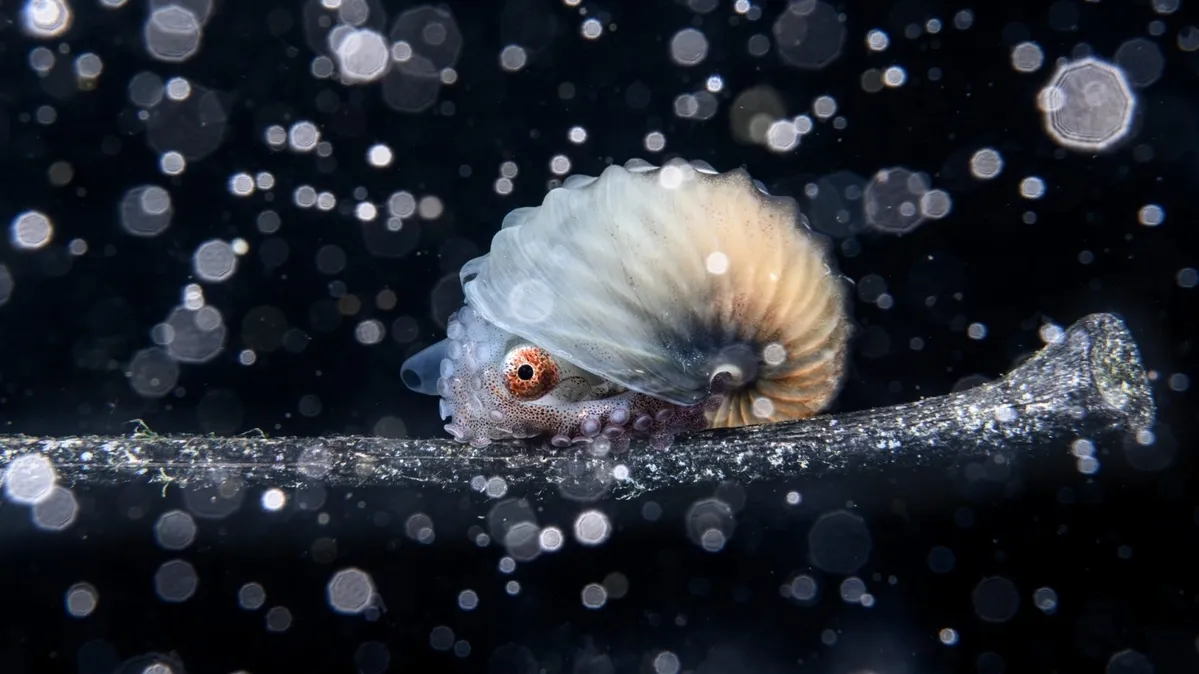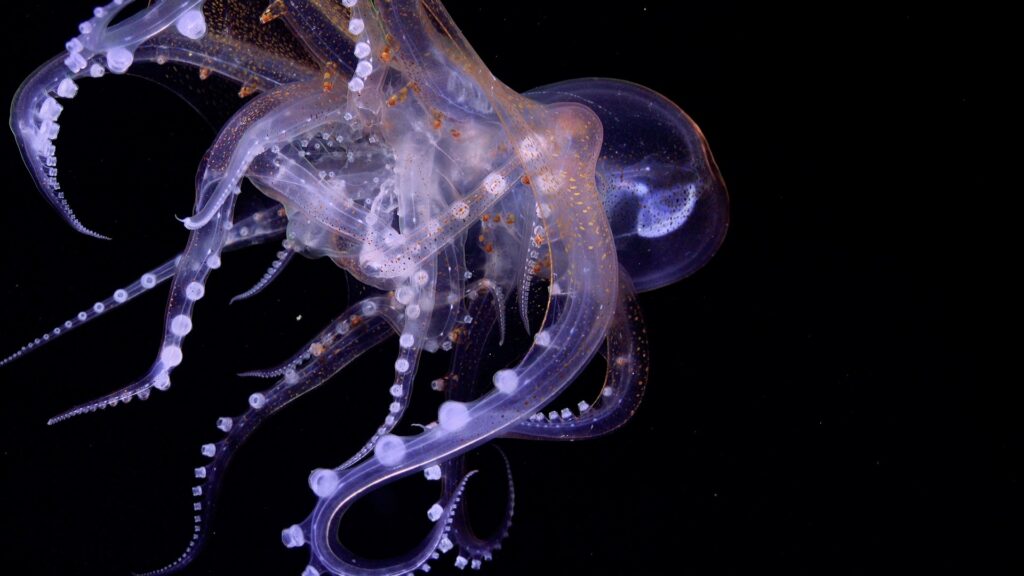Old Tjikko, the World’s Oldest Tree.
Nestled in the remote wilderness of Fulufjället National Park in Sweden stands the world’s oldest known living tree – Old Tjikko. Its estimated root system, over 9,550 years old, has weathered the ebb and flow of civilizations, endured severe Scandinavian winters, and even witnessed an erupting volcano.
Old Tjikko took root shortly after the last ice age, around 11,500 years ago, as glaciers retreated from Scandinavia. The exposed ground allowed seedlings like Old Tjikko’s ancestor to grow, although initial growth in the harsh environment was slow. Despite fires, droughts, insect attacks, or extreme winters, the extensive root network persisted underground. The current trunk and canopy started growing about 600-800 years ago, likely due to a more favorable climate.
Old Tjikko has survived numerous challenges, including the migration of Sami reindeer herders, the Black Death in the 1300s, and the climate impacts of the 1783 Laki volcano eruption in Iceland. Discovered by geologist Dr. Leif Kullman in 2008, Old Tjikko’s impressive longevity was confirmed through carbon dating its 75-foot-long root system.
Dr. Kullman named the tree “Old Tjikko” after his deceased dog and has chosen to protect its exact location. While a few small tours allow visitors to witness this ancient tree each summer, its humble presence serves as a reminder of the enduring cycles of nature.








